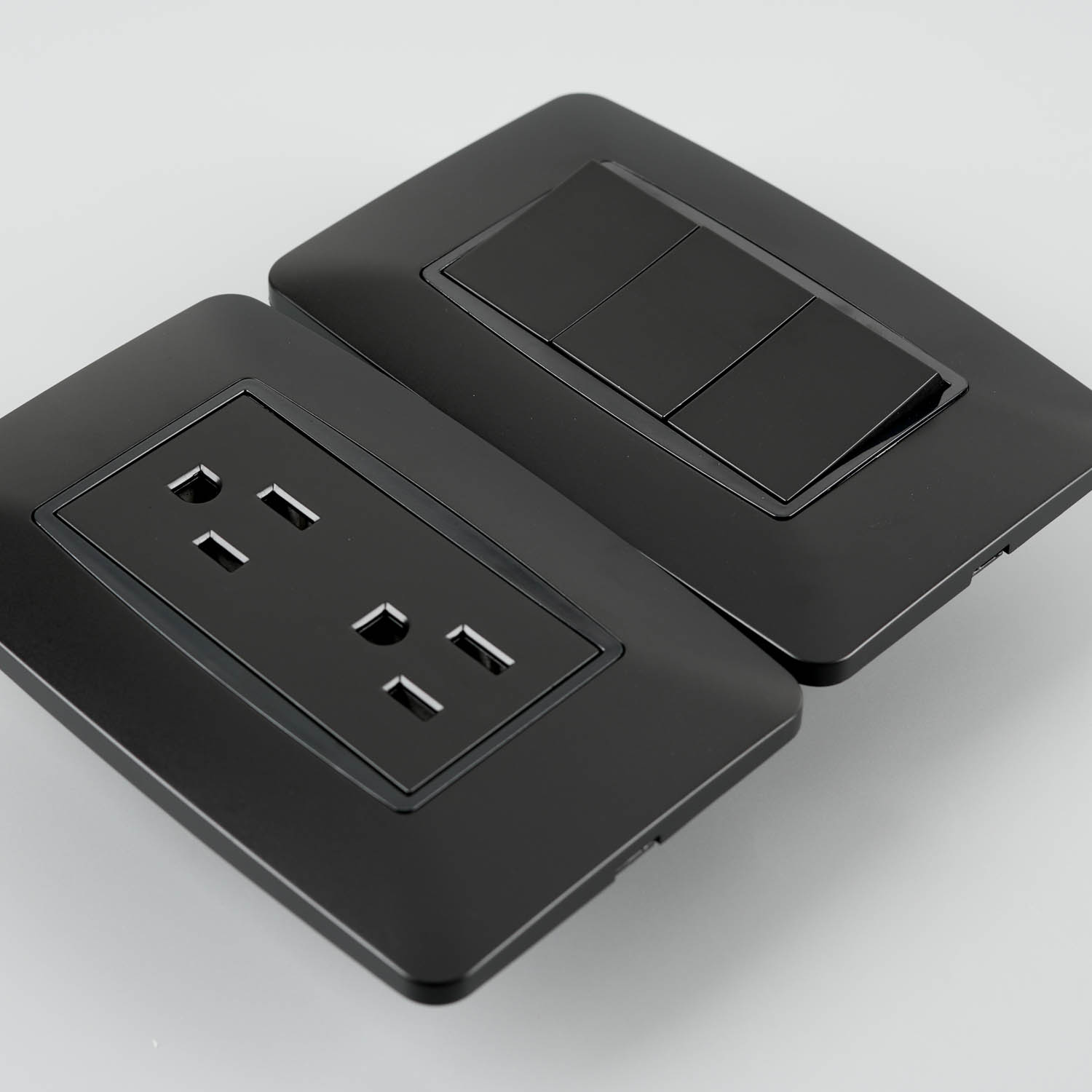Categories
- Blog (315)
Electric switch manufacturing is a critical industry that forms the backbone of electrical systems worldwide. This article explores various aspects of electric switch manufacturing, including its significance, manufacturing processes, types of switches produced, market trends, and future prospects.

The Significance of Electric Switch Manufacturing
Electric switches serve as essential components in electrical systems, enabling the control and distribution of electricity. They are used in a wide range of applications, from residential and commercial buildings to industrial machinery and automotive vehicles. The manufacturing of electric switches is thus crucial for ensuring the reliable operation of electrical systems across diverse sectors.
Manufacturing Processes
Electric switch manufacturing involves several key processes, including design, material selection, fabrication, assembly, and testing. Design engineers create blueprints for switches based on functional requirements and customer specifications. Materials such as plastic, metal, and ceramics are chosen for their electrical and mechanical properties. Fabrication techniques such as injection molding, stamping, and machining are used to shape switch components. Assembly lines then assemble these components into finished switches, which undergo rigorous testing to ensure quality and performance.
Types of Electric Switches Produced
Electric switch manufacturers produce a wide variety of switches to meet different application needs. These include toggle switches, rocker switches, push-button switches, rotary switches, slide switches, and more. Each type of switch is designed for specific functions, such as on/off control, momentary or latching operation, and multi-position switching.
Market Trends in Electric Switch Manufacturing
The electric switch manufacturing industry is subject to various market trends driven by technological advancements, regulatory requirements, and consumer preferences. Key trends include the growing demand for energy-efficient switches, the integration of smart and connected features in switches, the adoption of sustainable manufacturing practices, and the expansion of the electric vehicle market, which requires specialized switches for automotive applications.
Future Prospects and Innovations
Looking ahead, electric switch manufacturing is expected to continue evolving in response to emerging technologies and market demands. Innovations such as touch-sensitive switches, wireless communication capabilities, and advanced materials for improved durability and reliability are likely to shape the future of the industry. Additionally, advancements in automation and robotics may lead to more efficient manufacturing processes and higher product quality.
Conclusion
Electric switch manufacturing stands as a cornerstone of modern electrical infrastructure, underpinning the functionality and reliability of countless systems worldwide. With an increasingly interconnected world reliant on electricity for virtually every aspect of daily life, the importance of this industry cannot be overstated. As such, a comprehensive understanding of electric switch manufacturing is essential for all stakeholders involved.
By delving into the intricacies of the industry, stakeholders can gain insights into its significance and the critical role it plays in powering various sectors. From residential homes to industrial complexes, electric switches form the backbone of electrical systems, facilitating the control and distribution of power with precision and efficiency.
Moreover, a deep dive into the manufacturing processes sheds light on the meticulous steps involved in crafting each switch. From initial design and material selection to fabrication, assembly, and testing, manufacturers employ advanced techniques to ensure the production of high-quality, reliable switches that meet stringent performance standards.
Understanding the diverse types of switches produced allows stakeholders to appreciate the versatility of the industry. Toggle switches, rocker switches, push-button switches, and rotary switches are just a few examples of the wide range of options available to suit various applications and requirements.
Furthermore, staying abreast of market trends and future prospects is crucial for anticipating industry shifts and adapting to evolving consumer needs. As technologies such as smart switches and energy-efficient solutions gain traction, manufacturers must continually innovate to stay competitive and meet the demands of an ever-changing marketplace.
In this dynamic landscape, adaptability and innovation are paramount. Electric switch manufacturers must remain agile, embracing emerging technologies and sustainable practices to drive efficiency, enhance product quality, and meet the evolving needs of customers.
In conclusion, electric switch manufacturing is not only integral to the functioning of electrical systems but also to the advancement of society as a whole. By understanding the nuances of the industry, stakeholders can navigate its complexities, drive innovation, and contribute to the ongoing evolution of electrical infrastructure in an increasingly electrified world.